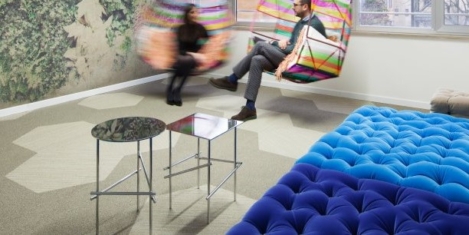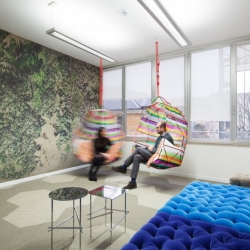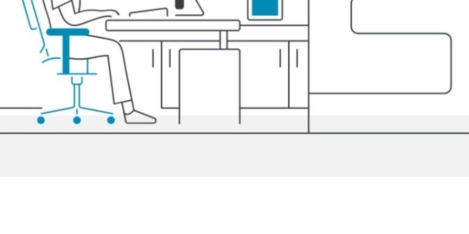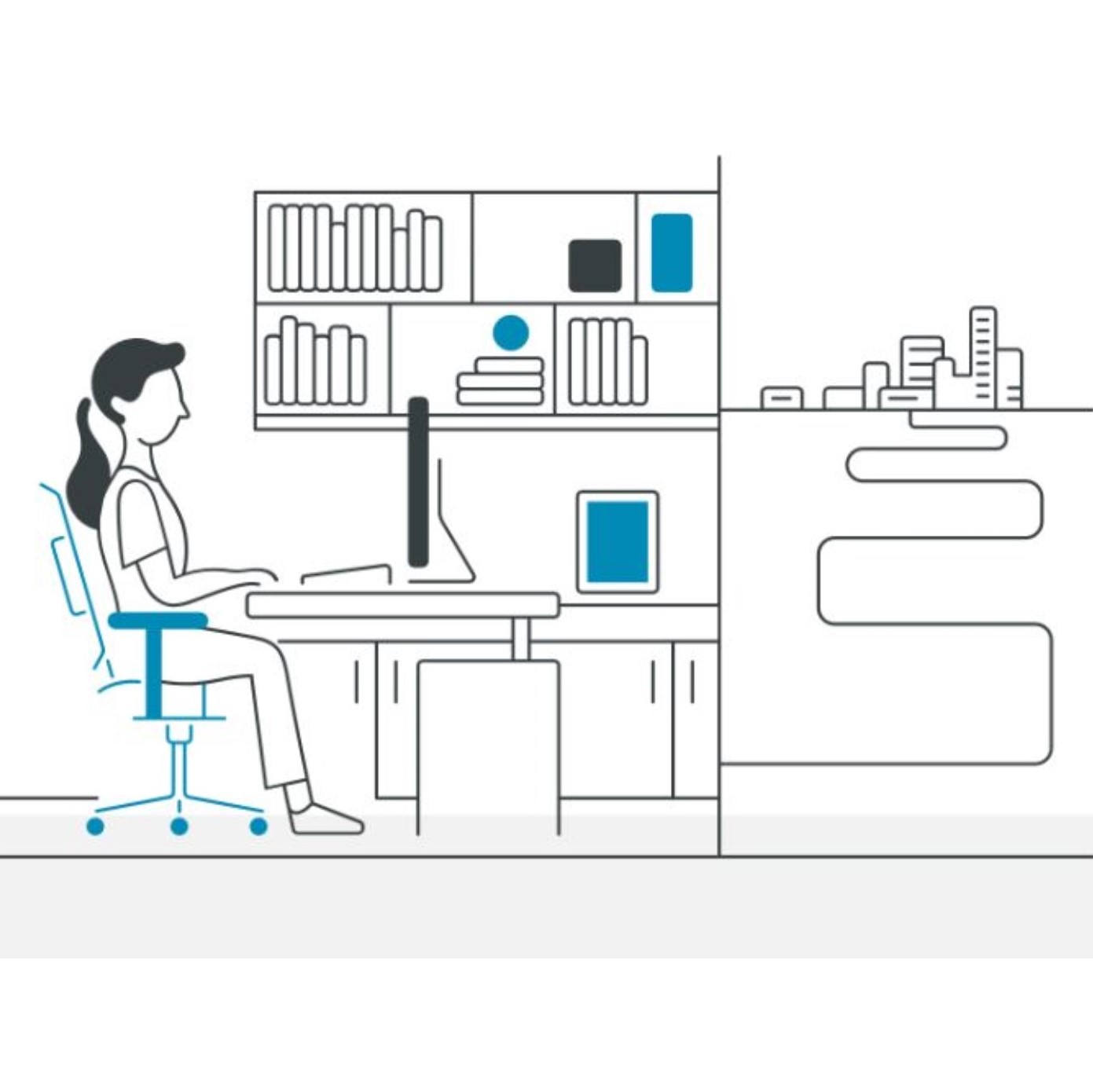To provide the best experiences, we use technologies like cookies to store and/or access device information. Consenting to these technologies will allow us to process data such as browsing behaviour or unique IDs on this site. Not consenting or withdrawing consent, may adversely affect certain features and functions.
The technical storage or access is strictly necessary for the legitimate purpose of enabling the use of a specific service explicitly requested by the subscriber or user, or for the sole purpose of carrying out the transmission of a communication over an electronic communications network.
The technical storage or access is necessary for the legitimate purpose of storing preferences that are not requested by the subscriber or user.
The technical storage or access that is used exclusively for statistical purposes.
The technical storage or access that is used exclusively for anonymous statistical purposes. Without a subpoena, voluntary compliance on the part of your Internet Service Provider, or additional records from a third party, information stored or retrieved for this purpose alone cannot usually be used to identify you.
The technical storage or access is required to create user profiles to send advertising, or to track the user on a website or across several websites for similar marketing purposes.
 New research has revealed the nuances in attitudes towards hybrid working and work-life balance in the UK and US. Perhaps unsurprisingly, the appeal of hybrid work is linked to the life and career stage of employees. The poll from United Culture suggests that work-life balance is the factor most valued by employees at work (58 percent), but is much more appealing to women than men (66 percent vs. 52 percent). Flexibility came in second place, chosen by 47 percent. (more…)
New research has revealed the nuances in attitudes towards hybrid working and work-life balance in the UK and US. Perhaps unsurprisingly, the appeal of hybrid work is linked to the life and career stage of employees. The poll from United Culture suggests that work-life balance is the factor most valued by employees at work (58 percent), but is much more appealing to women than men (66 percent vs. 52 percent). Flexibility came in second place, chosen by 47 percent. (more…)
































May 16, 2023
Getting back to the future of work
by Mark Eltringham • Comment, Flexible working